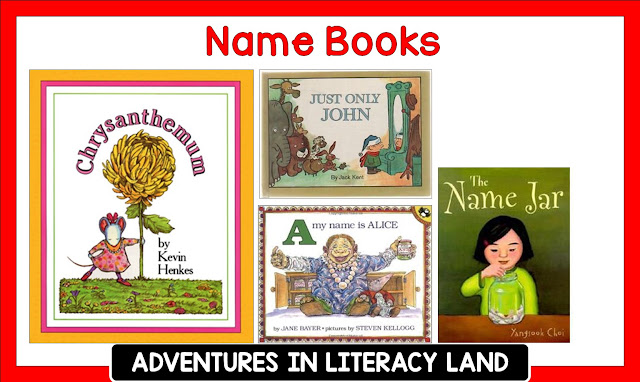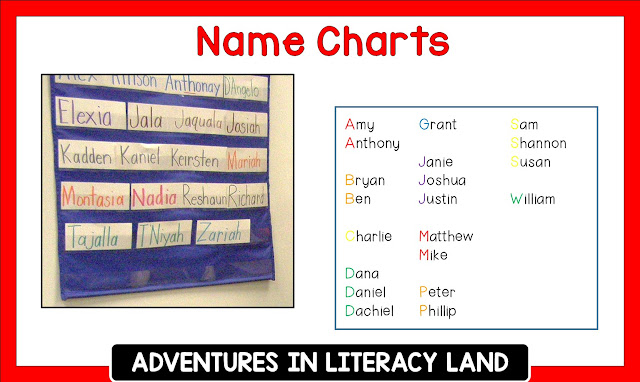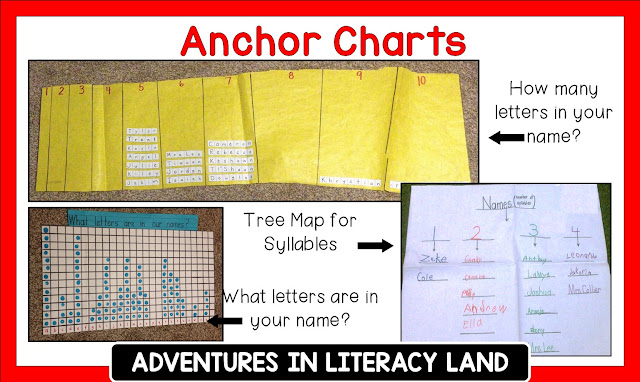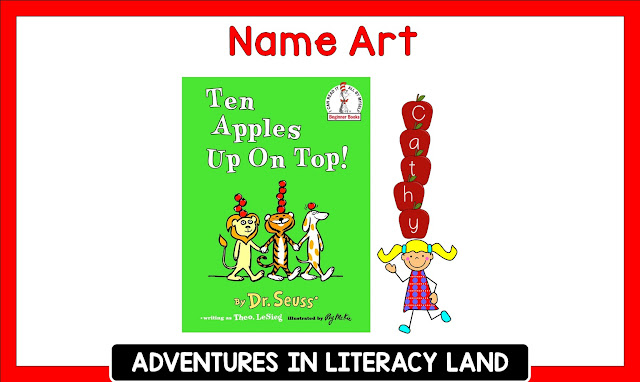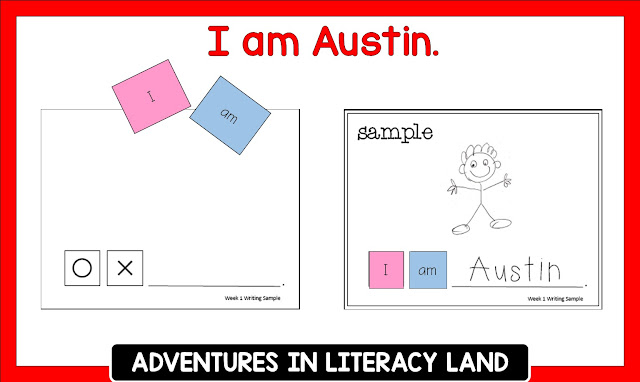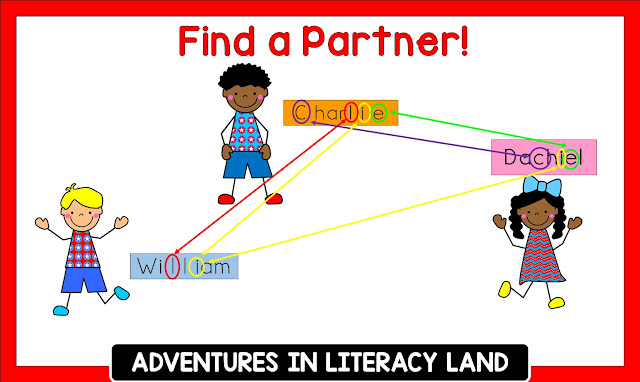Do the very letters R-T-I have you freaking out? Do your palms feel sweaty and is your heart racing? Well, you are probably not alone if this is the case, but I am hoping that your life in kindergarten and first grade will become just a little easier after I lay out a few RTI ideas for you.
For our beginning readers (who are likely emergent at this point), there are several core skills to master, and here they are...
Letter Name Recognition
(Upper and Lowercase)
Letter Sounds
Rhyme
Concept of Word
Sightword Recognition
and
Word Building with Short Vowels
You may be thinking, "Yeah, that's great, but what do we do to make sure they know these?" Well, we start with identifying what they know, what's in progress, and what's unknown. You may be required to use an assessment from your division or maybe you've created one of your own. If not, the assessment set below would work well for your beginners. Parts of it may not be useful at this time of the year, but you may be able to use pieces of it as a probe for your students as they learn the skills or as part of your progress monitoring. This assessments includes all but the sightword recognition part, but I am going to direct you to a great website that has all you need for sightwords. The School Bell has been around a long time (at least 10 years I think). [Here] is the link to the [Dolch Kit] which presents the Dolch words from highest frequency of use to lowest, activities and games for the word lists, assessment materials, and more.
Once you've screened your students, you'll want to rank the results and identify who is lagging with each of the skills and target them. By ranking, you'll be able to form your groups. You'll want to focus the greatest amount of your time on your bottom quartile kids. If you have assistants who work with you regularly or parent volunteers who are able to tutor, charge them with the task of addressing these specific needs with your struggling student(s). If you set it up in a gamelike format, your little people will enjoy this special attention which will also help you move them along the reading continuum. Of course, you too will want to focus on these skills in your guided reading time too.
Lesson Time
With your targeted students, you'll want to spend about twenty minutes (in 5 minute increments) to address letter names and sounds, rhyming, Concept of Word, sightwords, and writing during their guided reading time daily (tier1). With quick moving lessons, you will be surprised how much you can get done in these short snippets of time. Activities you use could included the following:
- Letter Names/Sounds-Magnetic letters, Name puzzles, Matching letter and picture with beginning sound, sorting fonts, matching upper and lowercase letters, I Spy
- Rhyme-Sorting pictures, Matching pictures that rhyme, poems, I Have. Who has?, Rhyme bingo, and word family work.
- Concept of Word (COW)-nursery rhymes and simple four line poems, cutting apart sentences and putting them back together, highlighting the space between words, placing touch points below words. and lots of modeling.
- Writing-draw and label, copying tasks, name writing, and framed sentences
- Sightwords-use the COW time to focus on sightwords in context.
If you are in need of go-to materials, I have developed three sections of a growing RTI kit. So far, I've completed the Letter Names and Sounds Section, Rhyme Time, and the Concept of Word Bundle. Here's a preview of each:
The letter/sound kit includes 70 pages of lesson directions and activities, and the rhyming kit includes 58 pages. All of the activities are set up to be fun and interactive for tutoring sessions or small group.
 |
| Includes 40+ poems that will last all year long |
Scheduling
RTI is a team approach including the regular classroom teacher, paraprofessionals, reading specialists and special educators. The classroom teacher is responsible for tier 1 instruction (your core instruction). This includes both whole and small group lessons within the classroom. Tier 2 instruction is typically provided by an interventionist in a "push-in" or "pull-out" format, and for those still not progressing, tier 3 instruction is offered in a very small group of 1-3 students per teacher. Tier 3 instruction is best when it's provided by a certified teacher or specialist, but if this is not available, the classroom teacher may be asked to provide tutoring time. Schedules are best determined by the individual schools where the "big picture" includes available personnel, the daily routine, and numbers of students needing assistance. [This powerpoint] is very well done and explains the scheduling process well. It is so important that there is team planning. Those not needing tier 2 or tier 3 instruction should be involved in enrichment activities during the enrichment/remediation block.
Progress Monitoring
Once you've got your routine established, the final step is to make sure you monitor your students' progress. With tier 2 students, you will need to assess with an assessment every other week and with tier 3 students, you'll assess weekly. Once mastery is demonstrated, regroup or move to the next lagging skill.
For more information...
There are many great blog posts on this topic out, so if you're looking for information for older readers or more on beginners, you might check out the following blogs and posts. These ladies are much more knowledgeable on this topic than I.
As I mentioned, I am still learning too. I hope that this helps give you a few ideas to work with to help your beginning readers.
If you have a successful RTI program in place, it would be wonderful to hear more from you. Please take a moment and share your experiences.

































